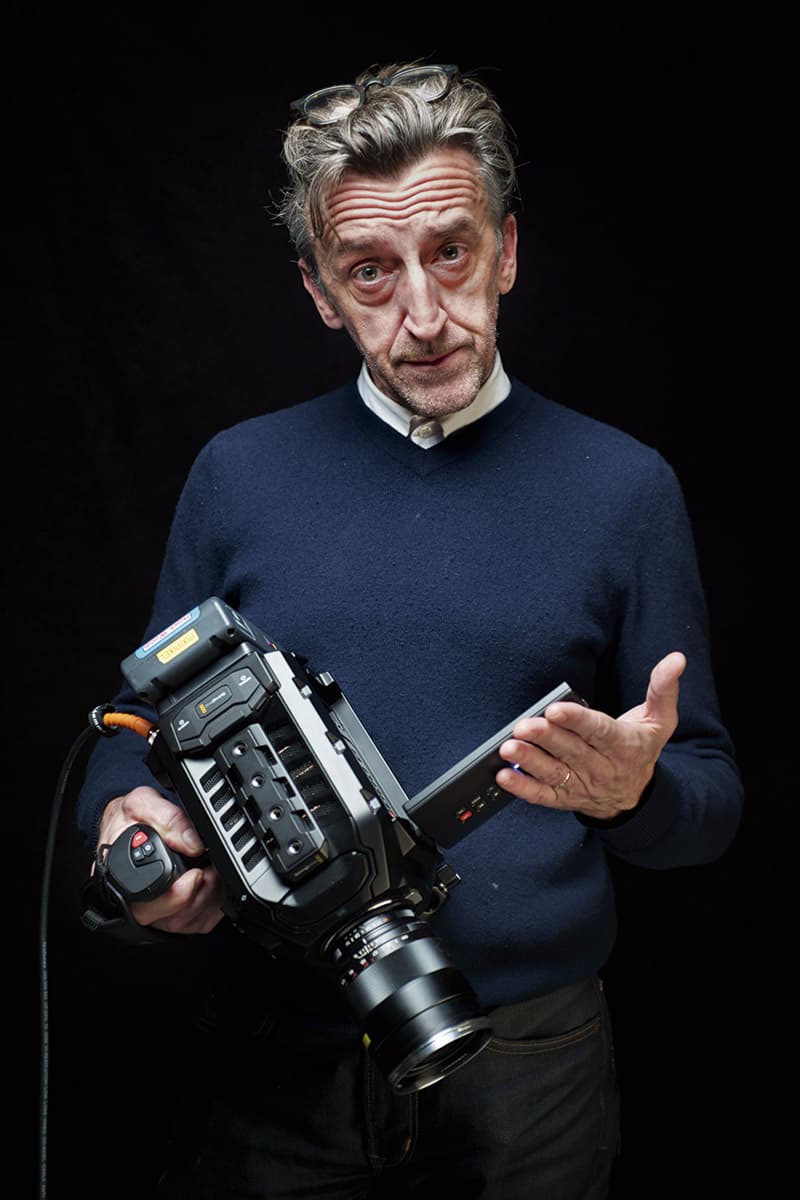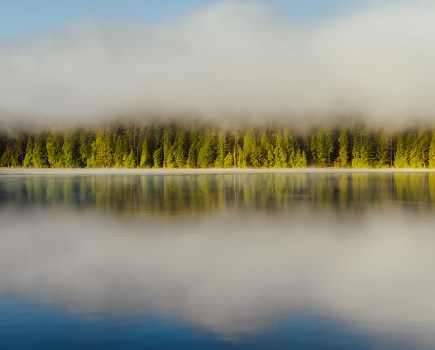https://link.brightcove.com/services/player/?bctid=4690964247001
It may sound obvious, but one of the first things you need to consider when making the leap from shooting stills to digital film is movement. As a stills photographer your goal is always to capture a single moment in time – the one frame that tells the story best. However, when filmmaking, not only can your subject move but so too can the camera.
Every movement has a different emotional effect. The perspective and the way you move the camera affects how viewers interpret a scene. It can change the perception, the rhythm, the pace and even the emotion of a story.
And it’s just as important to know when not to move the camera. Cinematographers always think about moving the camera, but only when it adds something to the narrative.
Human perspective
Film is different to stills photography because the viewer is the camera. If you are making a wildlife documentary film about foxes and the camera is positioned at head height looking down, the footage will seem somewhat unremarkable as this is how we typically view foxes. However, just like with stills photography, if you move the camera so it is at eye level with the fox, you instantly change the perspective and put the viewer inside the fox’s world. The story takes on a new meaning, and audiences will see things in a completely different light. Move the camera even lower, to ground level, and the fox towers over us – it becomes dominant and powerful. Exactly the same rules apply when you are filming people.
Panning
One of the simplest movements you can make is a pan. This is where the camera moves from left to right, or vice versa. Panning shots are a good way to introduce a subject like our fox. You pan across to establish a location and then stop the pan so that the subject rests around a third of the way into the frame.
Crane, jib and boom shots
Crane, jib and boom shots lift or lower the camera, and they are great for allowing the audience to enter or exit a scene. They allow the viewer to look at a scene, then quickly be inserted right into it. For example, at the start of a film a high crane shot above a busy street scene can be used as an establishing shot. Once the location has been established, the camera can be lowered onto the subject, allowing the audience to enter the world of the film. Conversely, at the end of a film we may see the camera raised away from the subject to show them walking off into the distance. As we leave the character’s world behind, the audience is pulled out of the narrative, concluding the story.
You don’t need to spend a fortune to make use of these types of movements, as a carefully angled and raised monopod can achieve the same sort of effect, but on a smaller scale.
Creating tension
When it comes to adding drama and tension to a scene, the type of movement that you choose can really help. Pushing, or zooming in, to the face of a character who is upset focuses the audience’s attention on the emotions of that person. Conversely, if you pull out from a person crying to a wider scene, you can reveal why the person is upset. During the slow pull you create tension as the audience anticipates what is about to be revealed.
Unnatural movement
As much as you should be keeping the camera smooth and steady, sudden jerky movements can be very unsettling, uneasy and unpleasant to watch, which can emphasise such moments in your film. As always, watch you favourite films and look at how the camera moves during certain moments.
Shoulder rig

Even a simple shoulder rig can provide a good level of support, especially if you have a large number of accessories attached. One tip is to control your breathing, as this can be noticeable in recorded footage.
Monopod

Many videographers favour a monopod over a tripod, as it can offer good support for static shots but with the flexibility to be used as a stabiliser, or for very high shots that can mimic an image taken with a crane. The weight of a monopod, especially one with feet, can help to act as a counterbalance to smooth any movements when shooting handheld with something like Blackmagic’s Pocket Cinema Camera.
Tripod

The most obvious support is a tripod. One of the main differences is the fluid head, which gives you a much smoother-looking image when panning and tilting. Tripods also have leg bracing and usually don’t have a centre column, which helps to keep the camera extremely stable.
John Wright
John is a commercial photographer and filmmaker who started shooting films professionally two years ago
‘The advice often given to people who are just starting out shooting digital film is, “Don’t move the camera too much.” Well, I’d add, “Don’t move the camera too much for the sake of it, but if it enriches the viewer’s experience or holds the viewer’s attention, then move the camera.”
‘I’ve tried everything, from just handholding the camera to using huge robotic control arms. There are so many great devices on the market to support your camera, but one thing that I have seen used, that works really well, is a standard monopod. It gives bottom weight and really nice balance. It also offers a steadier, handheld feel.
‘When filming, even something as simple as just slightly drifting in and out can engage the viewer a little bit more than a still frame. The role of the camera in my mind is playing the part of a human witness. It’s OK to let the camera “breathe”, as I call it, to let it just gently float as you handhold it. You want to give the viewer the impression of being there, and those natural slight movements help to do that.’
Brought to you in association with London Camera Exchange www.lcegroup.co.uk










